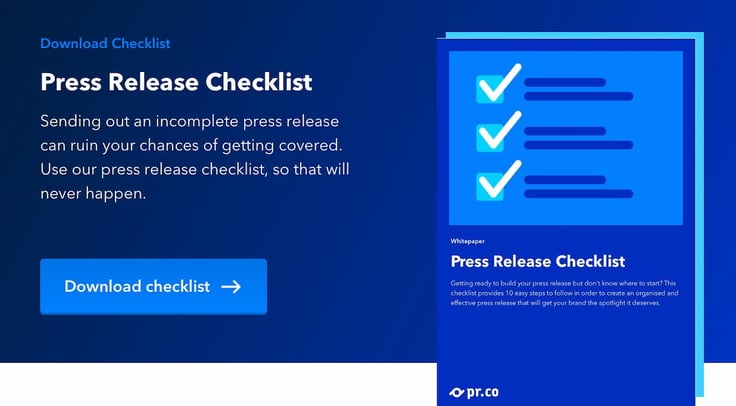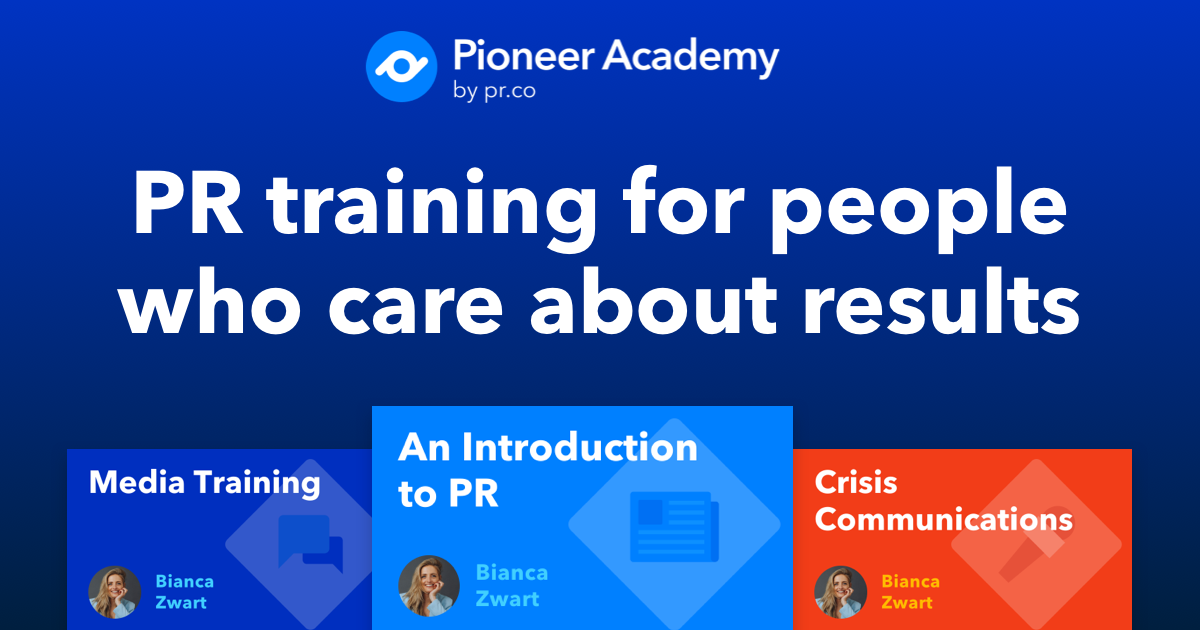Amidst the turmoil of an interconnected digital world, businesses scramble to get the exposure they need to rise above the noise. Despite the growth of new communication technologies, press releases are more important than ever. They are a powerful tool that will help you communicate what’s happening at your company with the audiences that matter most to you.
Here is a step-by-step guide on how to harness the power of media through a well-organized and effective press release. Below we'll share some tips on how to structure and format your release to give your brand the exposure you need.
A special thanks to Matias Rodsevich, founder and CEO at PRLab for sharing his expertise on press releases.
Jump to:- Start with an attention-grabbing headline
- Have a structured format
- Writing style: keep it
- Boilerplate: add your about info
- Include a media kit
- Add quotes
- Share other coverage
- Add your contact info
- SEO and PR
- Click send
- Bonus tips
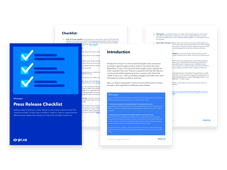
Download the Checklist
Want to save this for later?
We use your contact information only to contact you about our products and services.
We never pass your information on to third parties. You can easily unsubscribe anytime.
1. Grab 'em by the headline
- As the saying goes, you never get a second chance to make a first impression. That is why creating a headline that will snatch your reader's attention is crucial. Summarize your main point in about 10 to 20 words while always keeping your reader and their interests in mind.
- Be data-driven: What are users searching for when they look for similar content? How many people are looking for it exactly? Where are these users coming from? Being strategic in choosing your headline will get your content picked up. Experts recommend doing a keyword search not only to satisfy the reader’s needs but also to favor findability through SEO.
Some tools we love using are SEMRush, Ahrefs, Answer The Public, and UberSuggest.
2. Have a structured format:
A press release with a clean and structured format is essential as it offers reporters an organized setup for your story.
- The first line of your press release should feature the date and location of where the news takes place. This is important to journalists because it helps them answer two essential W's - where and when - right off the bat. This will also allow them to avoid publishing news that is outdated.
- Depending on your story, using a couple of bullet points can be a great addition to your press release. They help summarize key findings, so for instance, they can offer a brief description of a new position that is being filled. Place these at the top of your press release to sum up your main points.
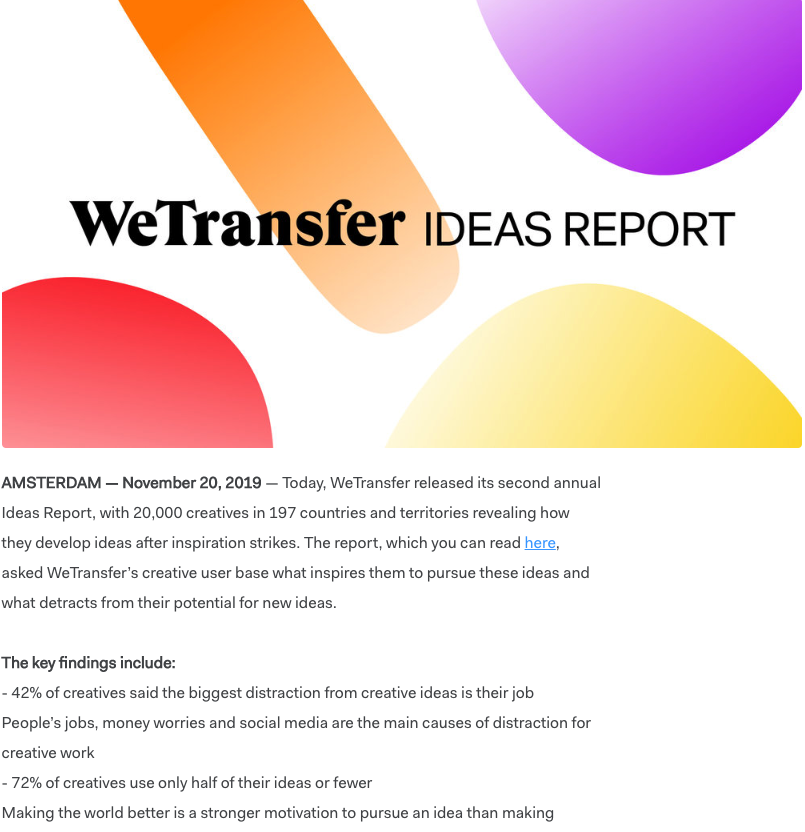
- Think of your first paragraph as your 30-second elevator pitch. Keep in mind you have a limited attention span and word count to make your message come across properly. Save a journalist valuable time by including the answers to the famous 5 W's: who, what, where, when, and why.
- Dive into more details in your second and third paragraphs. This part of your press release will give your story context and secondary details that allow a journalist to write their article.
- Mark the end of your press release with "###" centered above the boilerplate to indicate there is no further copy.
Want to get a journalist's perspective on your press release? Check out our chat with Remy Ludo Gieling, Editor-in-Chief at Sprout and MT.
3. Writing style: keep it clean
- It should go without saying but a golden rule in PR is show, don’t tell. Your press release should provide factual information about the product, person, or event that you are covering. Let journalists make up their minds about your news. Don’t overdo it with the adjectives and keep the fluff to a minimum.
- It’s easy to get caught up in the excitement of breaking news inside your company. Before you get your creative juices flowing, ask yourself: How is this important to people outside of my organization? Is this information newsworthy? To ensure that your news will get picked up by the right people, provide a captivating and unique angle through your press release.
Many journalists appreciate a press release that follows AP style. This guide provides consistency in terms of spelling, punctuation, language use, formatting, and style of writing. Check out their guidelines here.
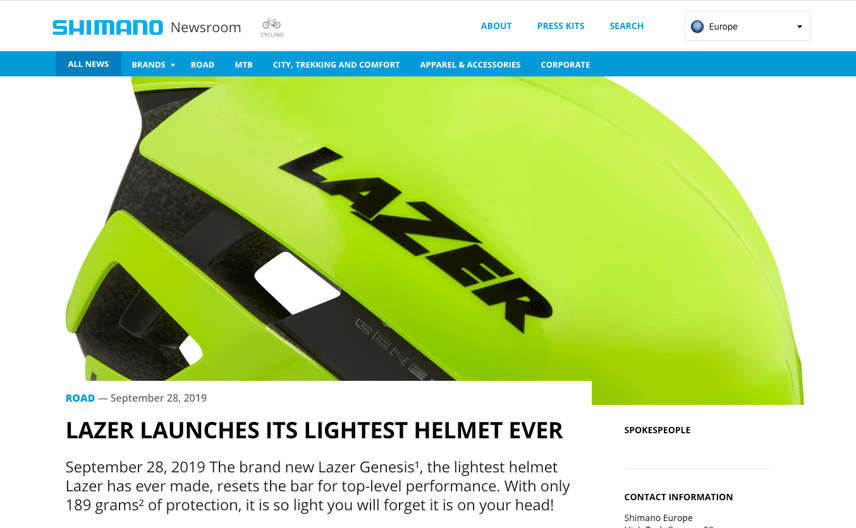
4. Boilerplate: AKA your 'about' info
Not everyone is familiar with your organization. Therefore, it is important to give some background information with a short summary of what your company does at the end of a press release.
Bonus tip: Purpose-led brands will be the only survivors in a new era of business - which is why showing readers the meaningfulness behind your work is always beneficial. Need some inspiration? Check out 9 socially conscious brands and their impactful PR campaigns.
5. Include a media kit
- Most of the time, you don't get much say on what others write about you. However, what you can control are the images you put out there. And you know what they say, a picture is worth a thousand words! This is what makes media kits such an important tool when it comes to sharing exciting news.
- What exactly is a media kit? It's a folder filled with downloadable assets that supplement a story. The most common features are high-resolution photos but you can also add videos, data visualizations, and technical specifications.
What makes a good media kit? Here are some examples.
- PR today is all about the user experience, so make it easier for journalists to search for photos and download the ones they like best in high-res. They'll be forever grateful for it.
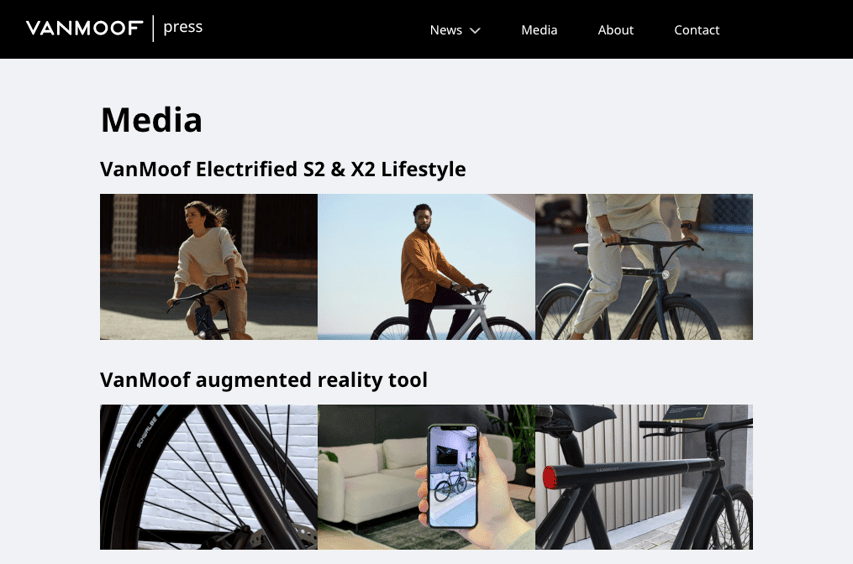
6. Add quotes:
Adding a human voice to your story can give it a personable touch. Journalists typically use quotes to enrich their stories as well. But remember: be strategic! Use a key stakeholder or authority figure to help you narrate your story. In the case of a partnership or collaboration, for example, having a quote from both parties will save a journalist time and effort, which means your chances of being published will increase! It’s a win-win situation.
7. Share other coverage:
Has your story been covered by another source or outlet? You’re in luck! Linking news articles to your press release enables you to gain more credibility. Journalists tend to be skeptical about companies sharing their own news, but if they can spot new facts or quotes written by other journalists, it is likely that they will consider your news more trustworthy. By granting easy access to this information PR teams can save journalists time and extra clicks.
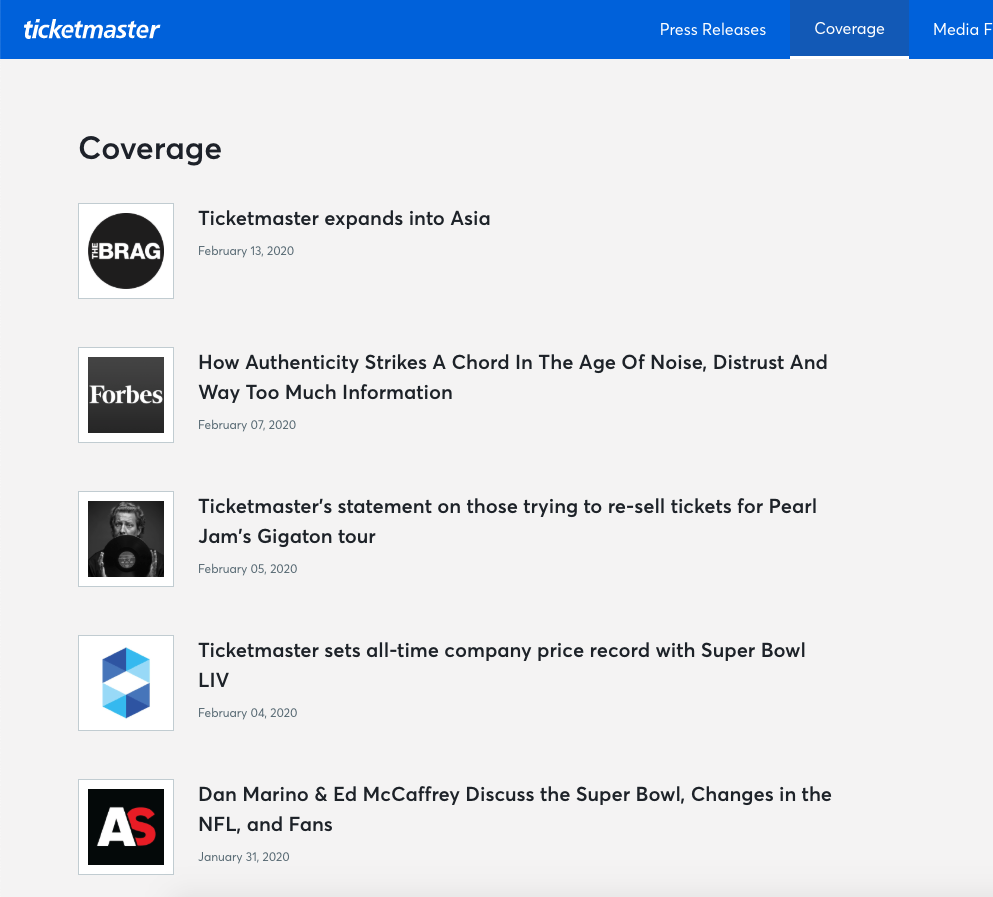
8. Add your contact information:
- In case a journalist wants to follow up with your story, it is crucial to include clear links to contact details and spokespeople. Some journalists will hop on a quick call, others will prefer email, some even like to connect via LinkedIn. Provide basic contact information such as name, role, phone number, email, and links to social media.
- Who should your contact person be? Depends on the organization or news. Most of the time the person listed is the one responsible for the distribution of the press release. To make it more appealing, make it clear that they will also have access to a representative of the company, be it the CEO, founder, project leader, or whoever is the best resource for an interview.
9. SEO and PR: go together like a horse and carriage
- Search engines use backlinks as a way to rank a website. Therefore, the more backlinks a page has, the higher it ranks on major search engines, including Google. How can you benefit from backlinks? If a high-ranking website provides a backlink to your website, it is likely that you will get some of that credit yourself. Make the most out of the spotlight you will receive by incentivizing journalists with newsworthy information that is just too good to pass up.
- For example, if you're announcing the release of an annual report, share links to the online report on your website so that journalists can redirect their readers back to your site.
- Want to know how users are reaching your information? A good hack is to add UTM codes to your URLs so that you can track and measure the performance of your sources. We have built a Google Sheet to create UTM-tagged URLs; to use it, click on this link and select file → make a copy.
Learn more about PR & SEO: why PR professionals should focus on findability, instead of pitching. [+ 5 tips to leverage SEO]
10. Click send:
Once you have your press release ready to go, it is important to send it out to the right people. Whether you have access to a database or you have created your own list, pitching your news with a personalized message to a network of media contacts will give you that extra push you need to get your story picked up.
Don’t know where to start? Check out this advice from three PR experts on all things pitching.
Bonus tips!
- Short and concise: be upfront on what the most important information is. Try to keep your press release to the length of a page, so between 400-500 words.
- Remember to proofread! A silly typo can cost you some credibility. Buy your colleague a cup of coffee in return for having them read through your press release.
- Using industry slang - or jargon - depends on whom you are targeting. For example, if you are pursuing trade publications, your voice can reflect your expertise on the subject. In case you are looking for widespread and more generalized reach, keep technical words to a minimum. It’s okay to have different versions of your press release tailor-made for each audience.
- Bear in mind that everyone is working with deadlines. Make sure to send out complete information before the publishing date you are aiming for.
- Although timing news is beneficial, embargoes can be tricky for journalists, especially if they are sent weeks ahead of the given time. Give journalists enough time to craft their article and send out a reminder email a day before the embargo ends as a heads-up. Also, provide correct dates and times (don't forget timezones!) when publishing your news.
Got a killer press release? It's time to share it with the world in your very own online newsroom. And when it comes to newsrooms, we know a thing or two about those. It's why we're trusted by socially conscious brands WeTransfer, Dopper, Shimano, and Dolby. Here's how we can help you.
Ana is a marketer at pr.co, and is the driving force behind our 100+ articles and guides. Ana has an MSc in Corporate Communications, and four years of experience in the PR industry. Now, Ana distills knowledge from pr.co’s 250+ customers to help PR professionals get better results through high-quality content.. Connect on LinkedIn or send an email




